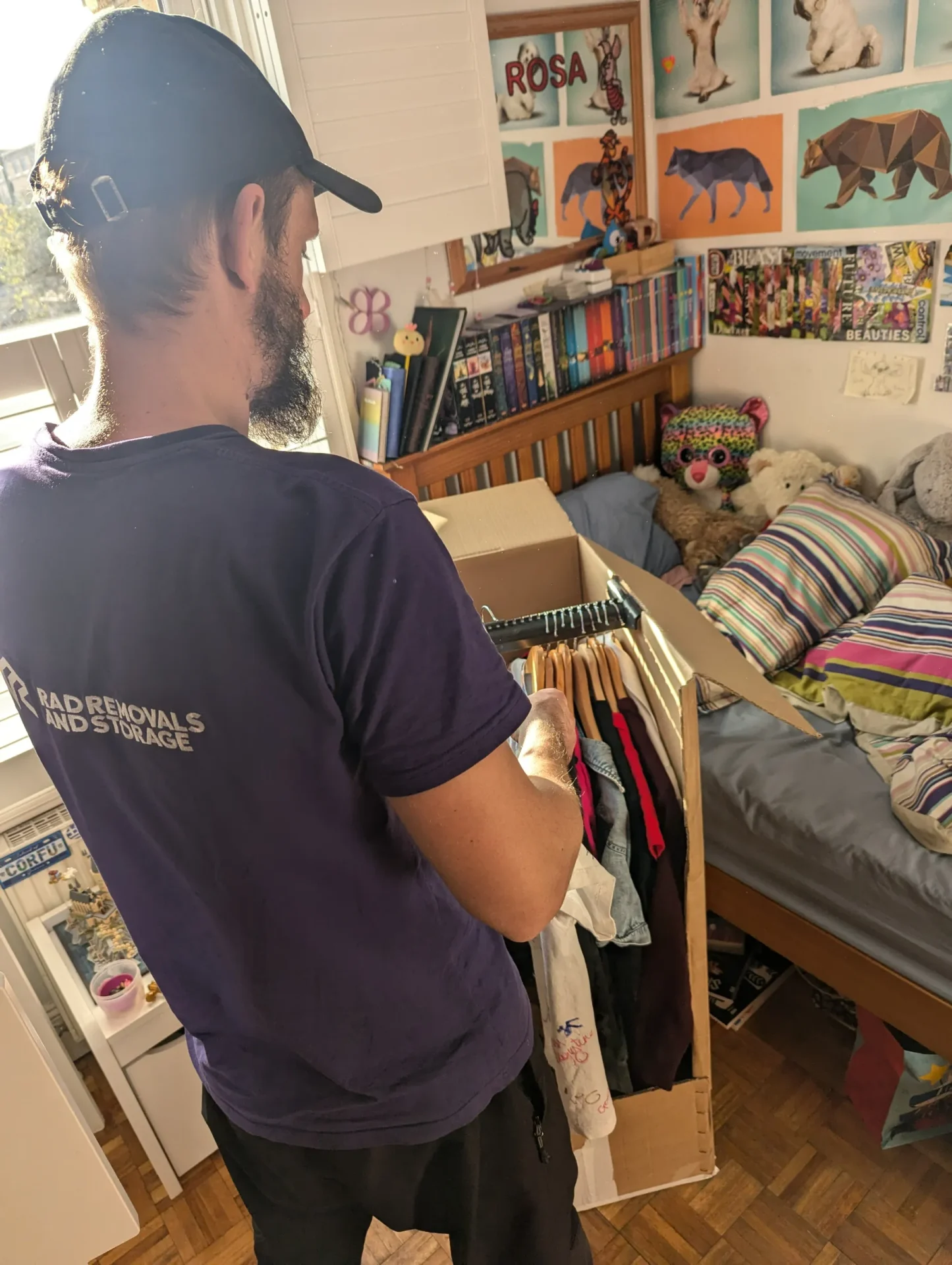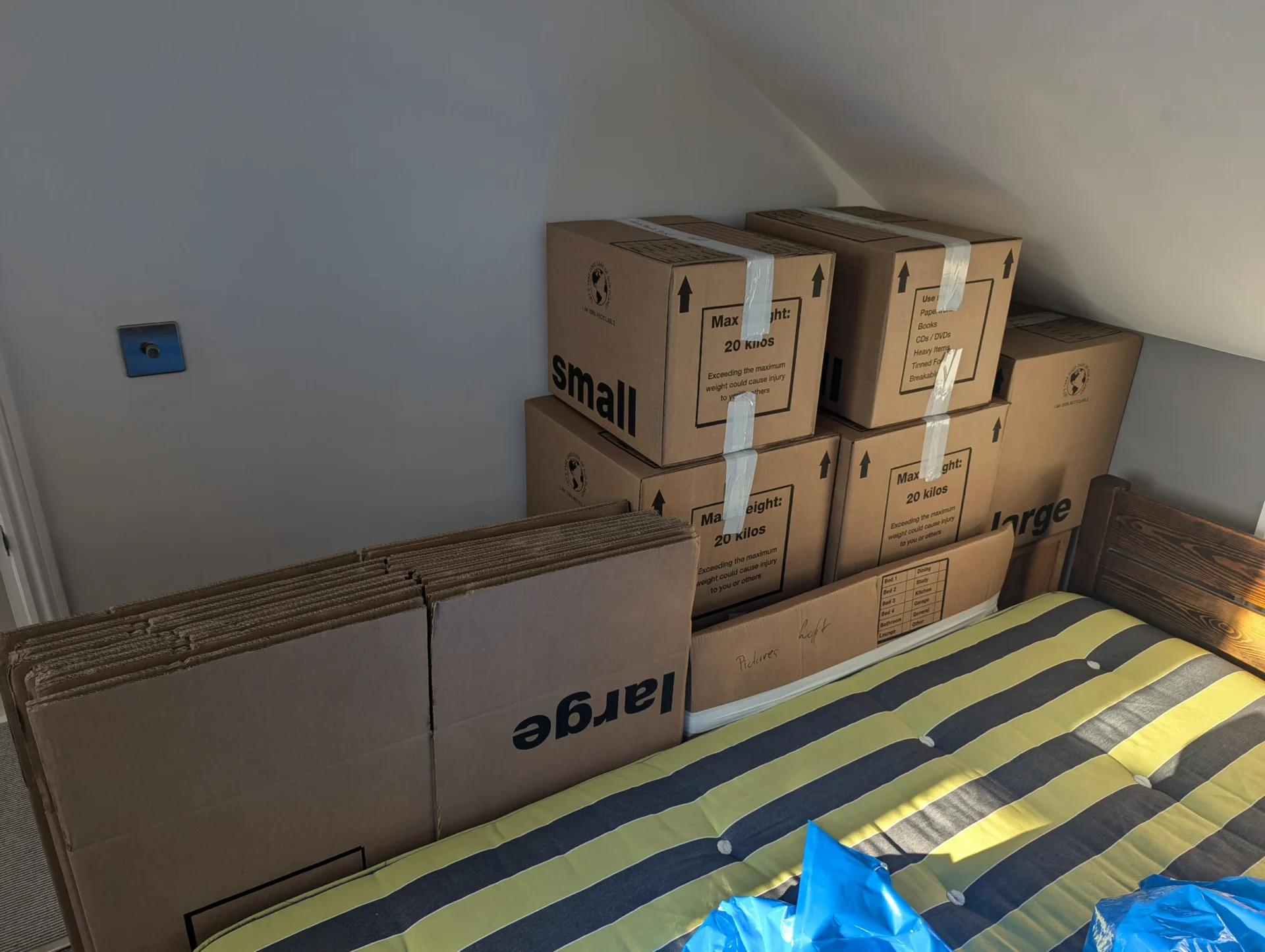Packing for a house move might feel like preparing for battle—you need strategy, stamina, and a whole arsenal of packing materials. The good news? With the right tools (and a touch of wit), you’ll be armed and ready to conquer those mountains of clutter.

Must-Have Packing Materials for Moving Mastery
What Are the 4 Types of Packaging Materials?
The Fab Four of packing materials: paper and cardboard, plastic, glass, and metal. For our purposes, let’s bid farewell to glass and metal (we’re not packing jars of jam or iron girders) and focus on the movers’ holy grail: cardboard boxes for packing. Whether it’s shorty wardrobes or moving boxes and packing supplies, cardboard reigns supreme. Why? It’s lightweight, durable, and perfect for everything from your books to Aunt Mabel’s collection of teapots.
How Do I Choose the Best Packing Materials?
When choosing your supplies, think of it as matchmaking:
- Durability: You wouldn’t trust a soggy box with your grandmother’s china, so go for sturdy home move boxes.
- Flexibility: Bubble wrap and packing paper are your new best friends for filling gaps and wrapping fragile items.
- Eco-Friendliness: Consider wardrobe boxes for storage or eco-friendly cardboard boxes made from recycled materials. After all, saving the planet doesn’t mean skimping on saving your belongings.

Eco-Friendly Packing Supplies: Green Is the New Orange
What Is the Most Environmentally Friendly Packaging Material?
If you’re looking to embrace your inner green warrior, paper and cardboard top the list. Fully recyclable and biodegradable, they’re the unsung heroes of packing and moving services. Add some reusable organic cotton bags or plant-based materials like bagasse, and you’ll not only protect your belongings but also Mother Earth.
Eco-Friendly vs. Traditional Packaging: The Showdown
Picture this: on one side, we have eco-friendly wardrobe storage boxes made from recycled paper; on the other, their villainous counterpart—the virgin plastic box. Eco-friendly options biodegrade, have a lower carbon footprint, and won’t leave a trail of guilt behind. Traditional packaging? Well, let’s just say it lingers longer than last night’s garlic bread.

How to Create the Ultimate Packing Timeline
How Long Before Moving Should You Start Packing?
In an ideal world, you’d start packing six weeks before the big day. Begin with moving house packing boxes for non-essentials like seasonal décor. By the time you reach the final week, you’ll be down to the basics: the kettle, some clothes, and that jar of Marmite you can’t live without.
Can You Pack a Whole House in 3 Days?
Technically, yes. Realistically? Only if you channel your inner superhero and have an army of packing help. Start with wardrobe moving boxes and rope in your friends (or better yet, hire professional movers and packers London trusts). Remember, speed is key, but so is keeping fragile items intact.

Decluttering and Inventory: The Key to Sanity
Why Is Categorizing Belongings Important?
Imagine opening a box at your new home only to find socks, kitchen utensils, and a random cactus all huddled together. Categorising avoids this chaos. Group items by room and purpose—boxes for wardrobes for clothes, kitchenware for dishes, and packing materials for delicate heirlooms.
How Do I Make a Packing List?
A good inventory list is your compass in the storm of boxes, and Rad Removals’ complete pre-move checklist is the ultimate map. Start by creating a spreadsheet with categories like ‘books,’ ‘clothes,’ and ‘things I never knew I owned.’ Label every carton box for house moving with its contents and destination room. With our checklist by your side, unpacking becomes less of a guessing game and more of a treasure hunt—except this time, you know exactly where the treasure is buried.

Conquering the Kitchen: The Hardest Room to Pack
Why Is the Kitchen So Hard to Pack?
Ah, the kitchen—a labyrinth of fragile plates, oddly shaped appliances, and that one drawer filled with mystery gadgets. To tackle it, stock up on packing materials like bubble wrap and dish packs. Wrap dishes individually, pack them vertically (yes, vertically!), and fill gaps with crumpled paper to avoid any mid-move symphony of shattered crockery.
Wrapping Up (Literally and Figuratively)
Packing doesn’t have to feel like the ninth circle of hell. With the right packing supplies, a plan that starts with buying packing boxes, and a touch of humour, you can turn chaos into a masterpiece of organisation. Whether you’re embracing wardrobe boxes storage for your clothes or keeping it green with eco-friendly moving boxes and packing, remember: every packed box is a step closer to your new adventure.So go forth, gather those packing materials, and show moving day who’s boss. And if it all still feels too daunting, there’s no shame in calling the professionals at your favourite packing and moving companies. Sometimes, the best move you can make is to let someone else handle the heavy lifting.
